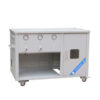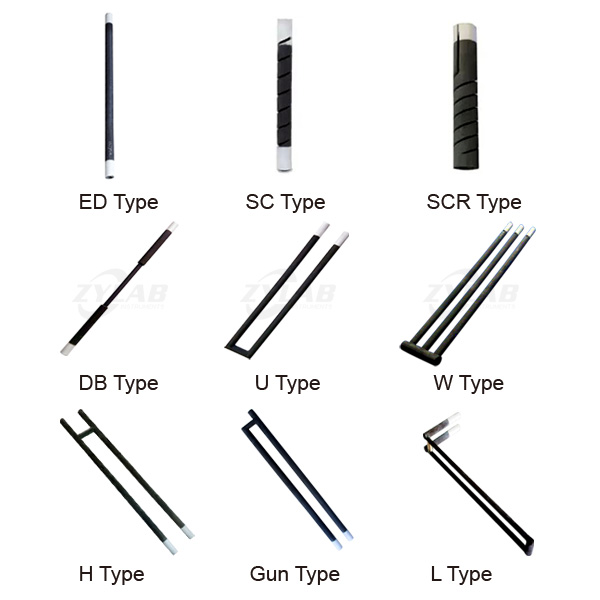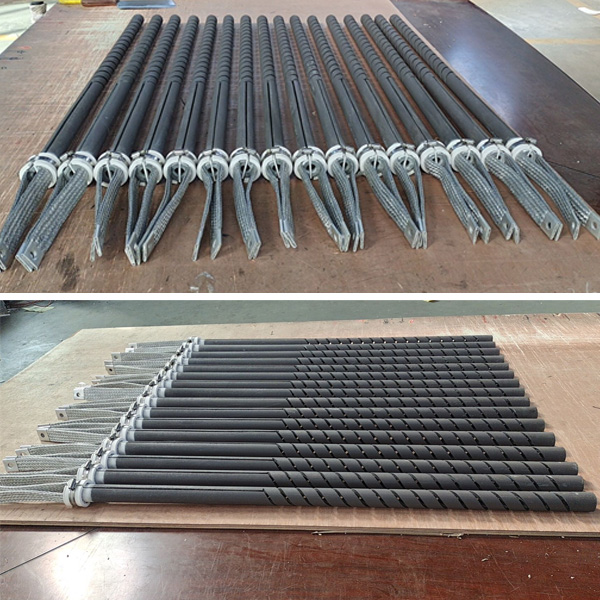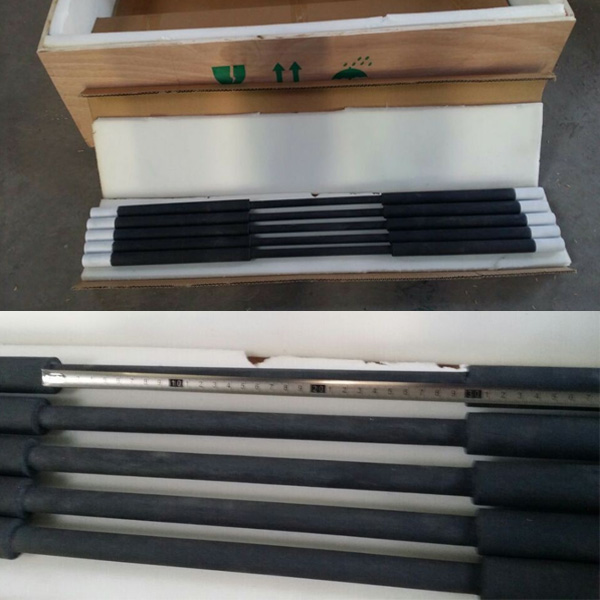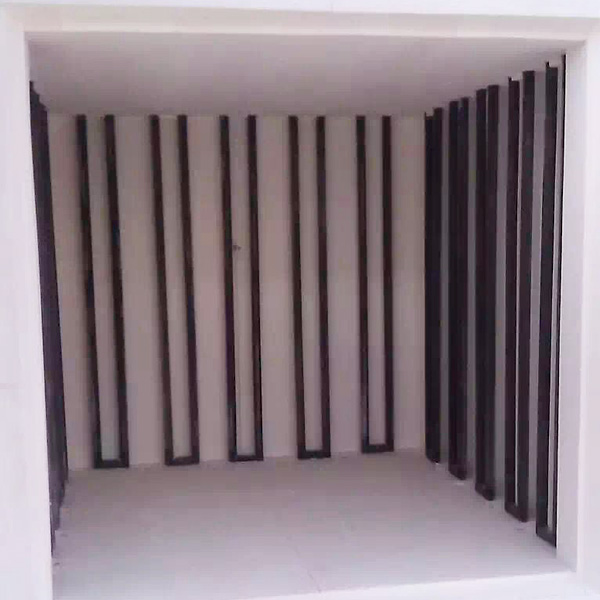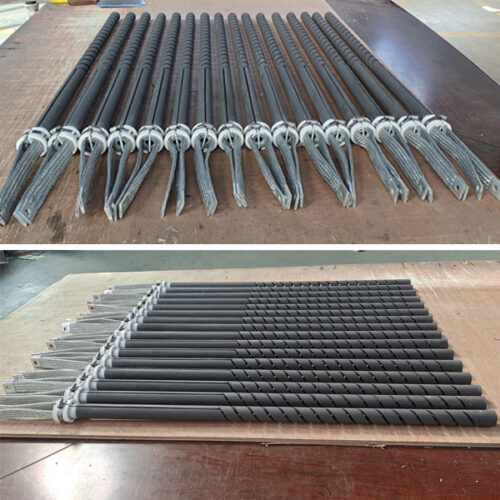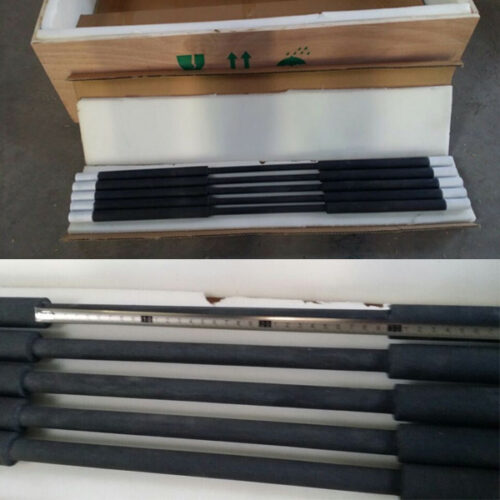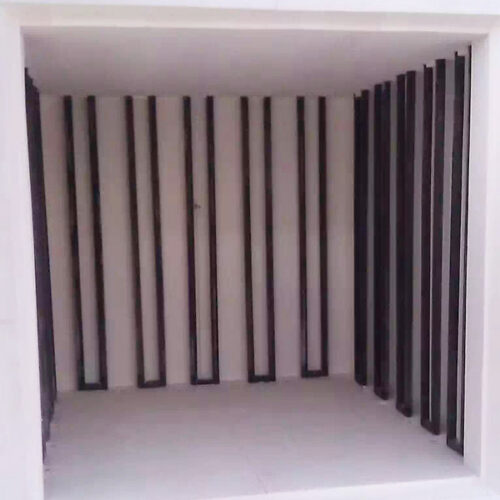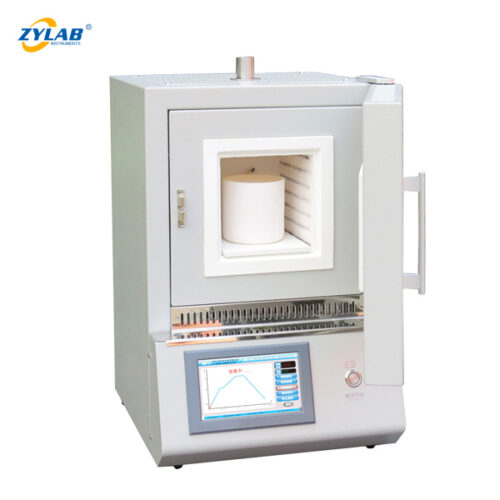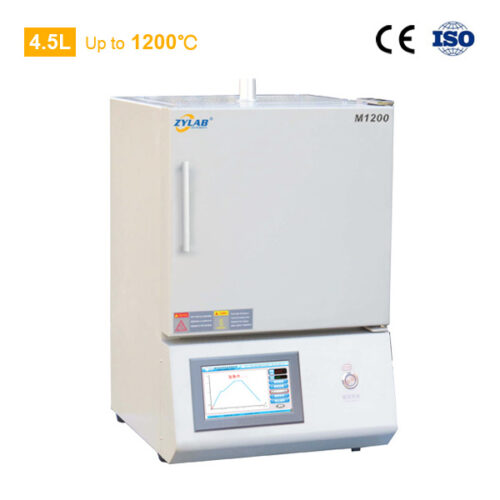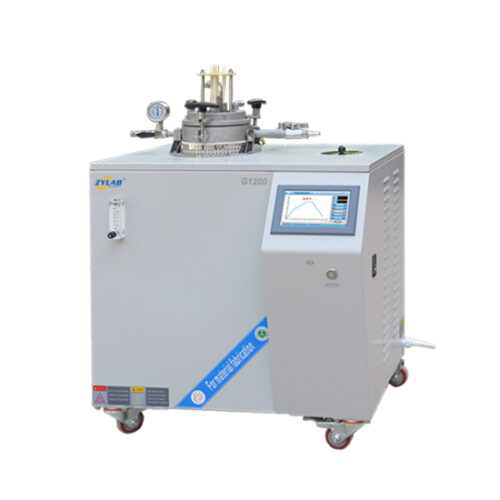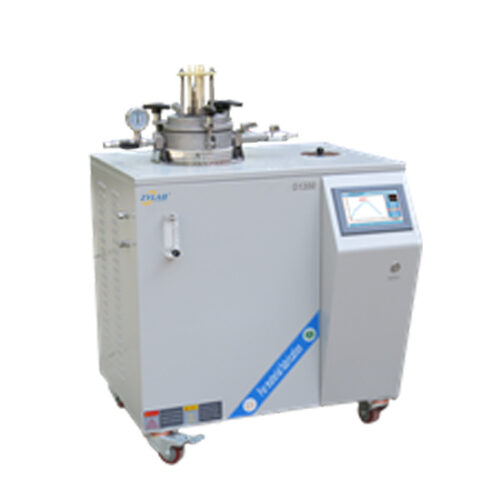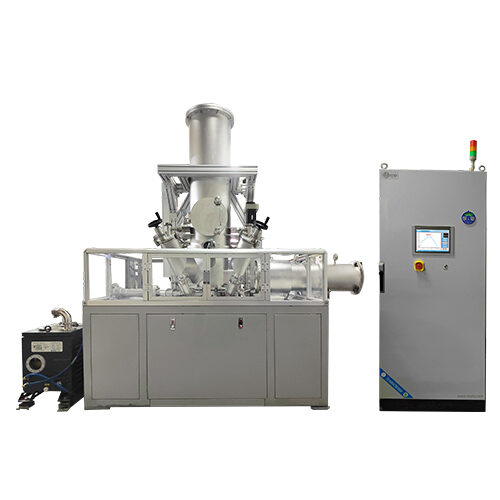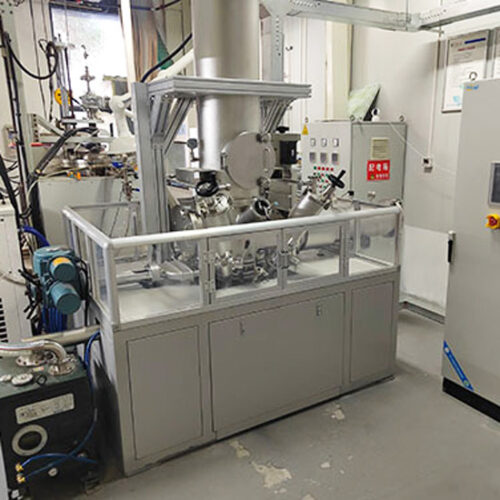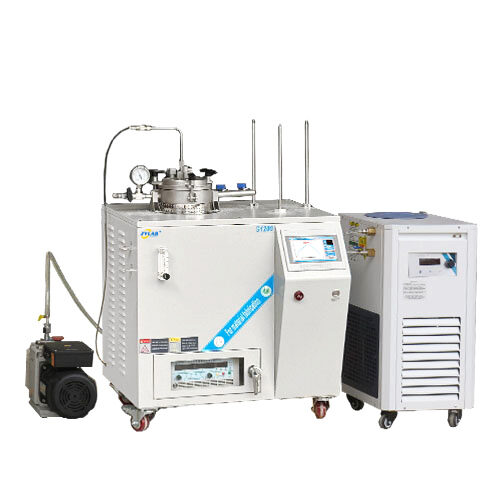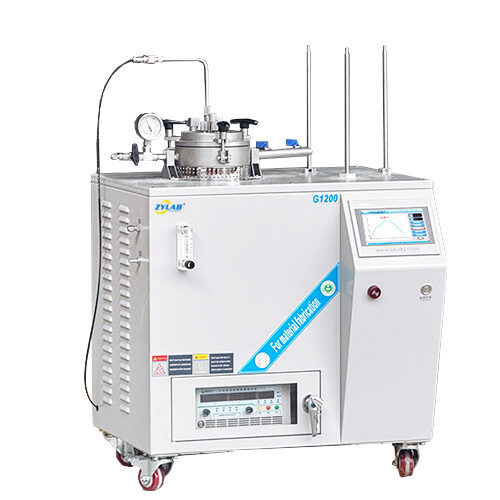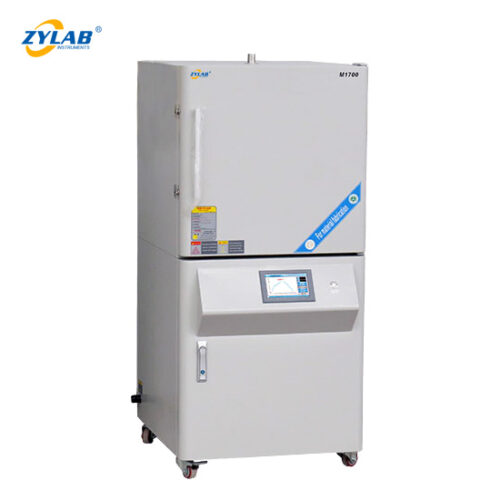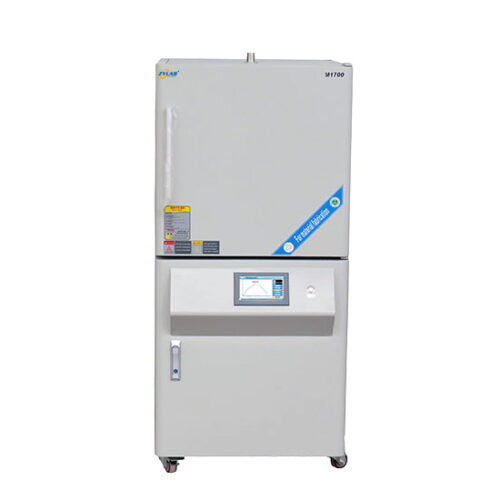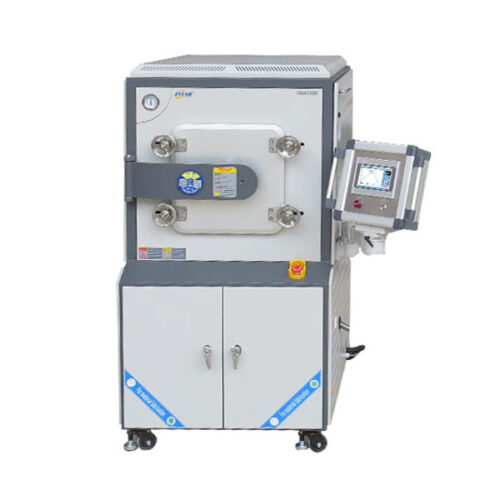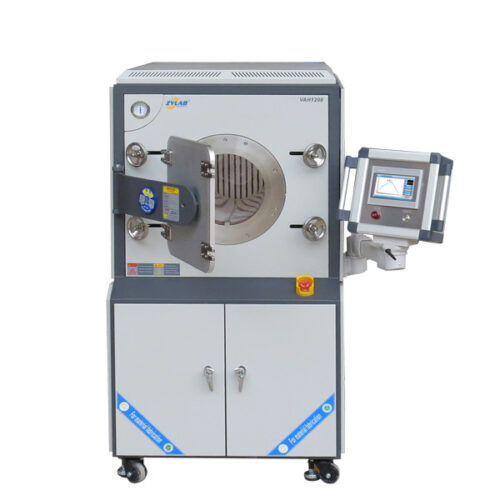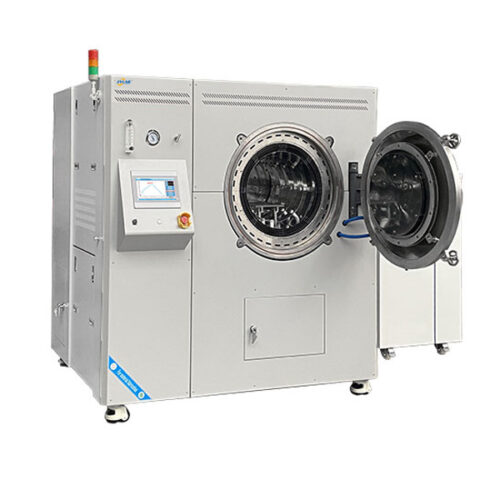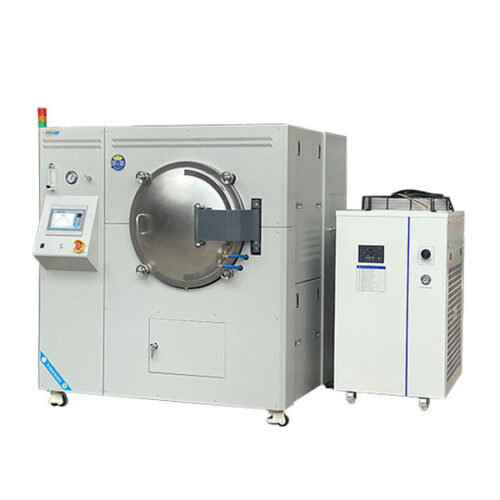Custom SiC Heating Element
Introduction
Custom SiC heating element is designed to better meet the needs of customers in industrial, laboratory, or special heating processes.
ZYLAB can customize the elements according to your requirements, including size, power, shape, and more, to improve work efficiency and product quality, while also extending the lifespan of the elements.
The silicon carbide heating elements are made from high-purity hexagonal green SiC powder as the main raw material, which is sintered at 2200°C to achieve silicon recrystallization. These elements can operate at temperatures up to 1450°C in an oxidizing atmosphere, with a continuous working life of up to 2000 hours.
They are available in various shapes, including ED, DB, U, H, W, L, SC, SCR, and Gun types, suitable for industries such as ceramics, magnetic materials, glass, metallurgy, powder materials, rare earth chemicals, electronic components, metal processing, refractory materials, and research institutions. They can be used in various atmospheres, including air, nitrogen, hydrogen, inert gases, and vacuum.
Please provide detailed specifications and quantities, and we will offer you a free quote!
Customized products have a certain production cycle, typically ranging from 1 to 7 working days. The timeframe may vary for different specifications, so please consult customer service for specifics.
Key Features
1、Made from high-precision silicon carbide, it is a high-temperature, oxidation-resistant, and low-aging resistive heating element.
2、Provides uniform red heat, ensuring furnace temperature stability, low energy consumption, high efficiency, and environmental protection.
3、Resistor measurement at 1050°C during the final shaping process ensures consistent resistance and rapid heating.
4、Sintered through a 2200°C high-temperature vacuum furnace process, the hot and cold ends are bonded together, enhancing the toughness of the silicon carbide rod and extending its service life, making it less prone to arcing under high current impact.
Physical Properties
| Specific gravity | Bend strength | Hardness | Tensile strength | Porosity rate | Radiancy |
| 2.6-2.8g/cm³ | >300kg | >9MOH’S | >150kg/cm³ | <30% | 0.85 |
Chemical Properties
SiC heating rods exhibit relatively stable chemical properties. Alkaline substances can chemically react with silicon carbide rods under high-temperature conditions, while acidic substances generally do not react.
During high-temperature use, silicon carbide rods can react with water vapor and oxygen to produce silicon dioxide, carbon dioxide, and hydrogen gas. As the amount of silicon dioxide in the silicon carbide rod increases, its resistance gradually rises, which is part of the aging process of the rod.
The hydrogen produced can react with oxygen to form water, creating a cyclical reaction, and it can also reduce the mechanical strength of the silicon carbide rod. Therefore, it is advisable to avoid excessive water vapor during use.
To learn more about silicon carbide heating rods, please click here!
Specifications Requirements
![]()



![]()
![]()
Type
Outer diameter (OD): mm
Overall length (OL): mm
Hot zone length (HZ): mm
Cold end length (CZ): mm
Shank spacing (A): mm
Resistance: Ω (1050C +/-50C)
When ordering through ZYLAB, please specify your exact requirements and, if possible, attach drawings.
We offer free quotes for all silicon carbide rod products!
ZYLAB Offers the Following Types of SiC Heating Element
![]()
- ED Type Silicon Carbide Heating Rod
- SC Type SiC Heater
- SCR Type SiC Heater
- DB Type SiC Heating Element
- U Type Silicon Carbide Heating Element
- W Type Silicon Carbide Heating Element
- H Type SiC Heating Rods
- Gun Type Silicon Carbide Heating Rod
- L Type Silicon Carbide Heating Rod
Installation of SiC Heating Rods
- Prepare spare parts.
- Open the top covers and remove the foams out of the furnace.
- Pick out the heating element and block which marked the same number, remove the stickers and put them into the mounting hole, until touch the bottom of the furnace chamber.
- Lift the heating element up one centimeter and fixed with a fixture.
- Connect the heating elements in series with the connecting pieces and fix them with the clamps.Keep a distance between the clamps to avoid short circuit.
- Connect the heating elements in series to the power supply.
- Fasten the fixtures when the temperature reaches 800 degree Celsius.
- Install the upper covers and chimney to complete the installation of the furnace.
The installation video of the silicon carbide heating rod, please click here!
Use of SiC Heating Rods
- The length of the heating section of the silicon carbide rod should equal the width of the furnace chamber. If the heating section extends into the furnace wall, it may cause damage to the wall.
- The length of the cold end of the silicon carbide rod should equal the thickness of the furnace wall plus the length that extends outside the wall. Typically, the cold end extends 50 to 150 mm to facilitate cooling and connection to fixtures.
- The internal diameter of the furnace accommodating the silicon carbide rod should be 1.4 to 1.6 times the outer diameter of the cold end. If the furnace opening is too small or the filling material inside is too tight, it can restrict the free expansion of the silicon carbide rod at high temperatures, leading to breakage. During installation, the silicon carbide rod should be able to rotate freely 360 degrees.
- The distance between the silicon carbide rod and the heated object or furnace wall should be greater than or equal to three times the diameter of the heating section. The center distance between silicon carbide rods should be no less than four times the diameter of the heating section.
- The cold end of the silicon carbide rod should be connected to the main circuit using aluminum braids or aluminum foil.
- Before use, silicon carbide rods should be matched for resistance. Connect rods with the same or similar resistance values together.
- When using silicon carbide rods, it is important to choose reasonable surface load density and operating temperature.
- When replacing silicon carbide rods, choose rods with resistance values close to those of the rods currently in operation. If necessary, replace all rods in the furnace to enhance their lifespan. If the removed rods have suitable resistance values, they can be reused later in the operation of the electric furnace.

